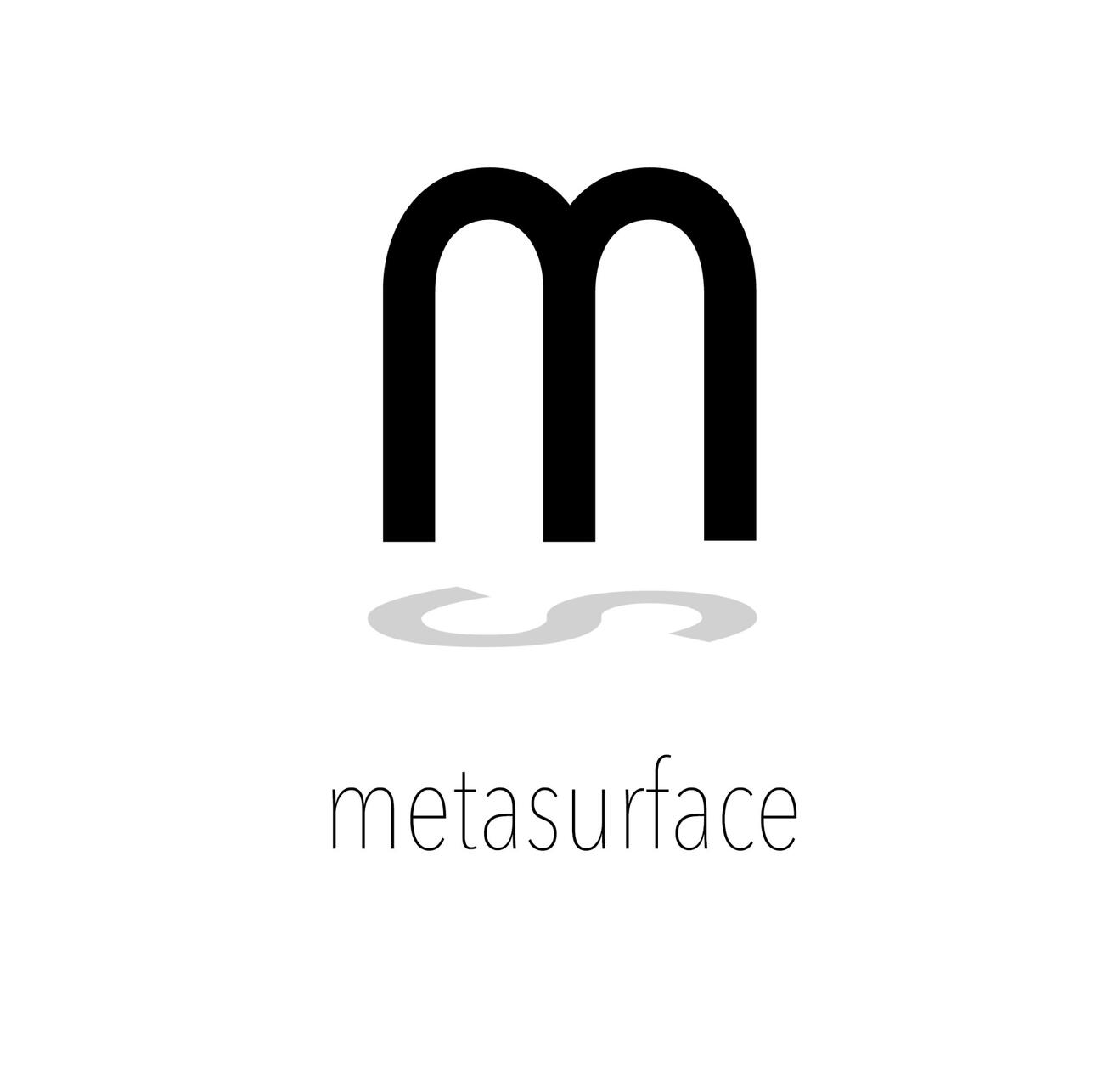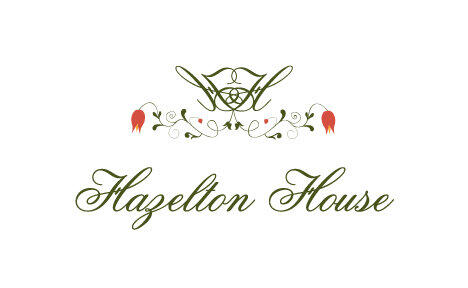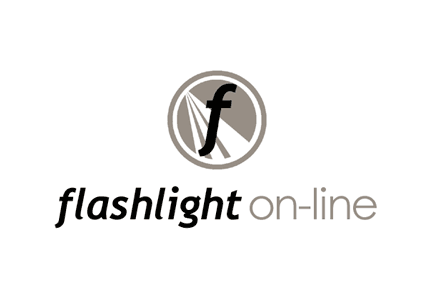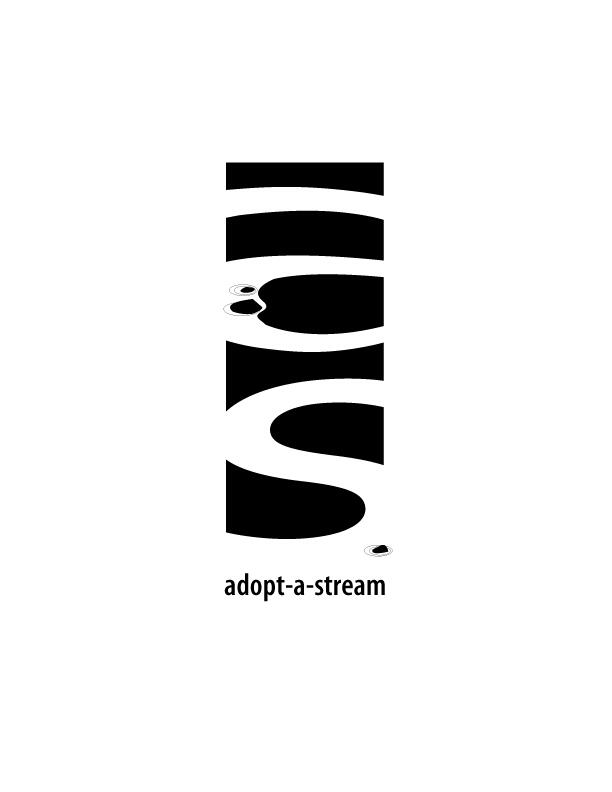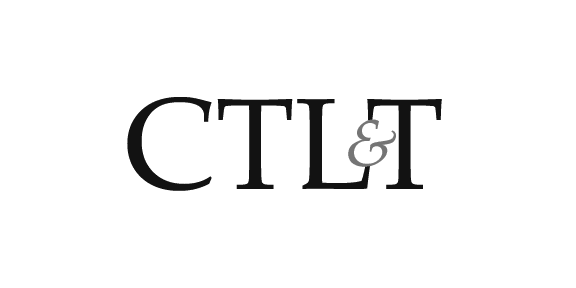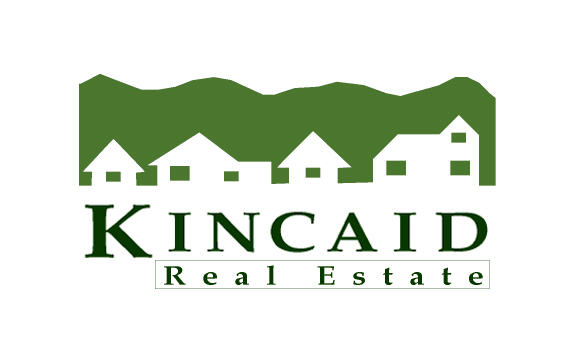Gregory Turner-Rahman is an award-winning designer, illustrator, writer, educator, and researcher. His work explores story, space, and experience.
design | illustration | about
An Eclectic and Abbreviated Portfolio
Spaces | CASE study | Visual Design | Research
More About Greg Turner-Rahman
My research and design work examines the intersections of space, story, and experience. Recently, I have been writing about how storytelling impacts communities online and, more recently, cinematic subsumption—the immersive qualities of cinema and the aspects of filmic grammar influencing our lives.Visit my academic publication page.I currently teach community-based digital production and design at Washington State University. I spent a decade as Program Head for Art + Design and the Program Head for Virtual Technology and Design—digital animation and simulation—at the University of Idaho.See a sample of work from my students.In 2019, I was a Design Incubation fellow. My writing has been published in the Journal of Design History and by Routledge/American Film Institute. I am also a published children's author and illustrator.I have worked as a Graphic/Interface Designer. I produced web applications for Washington State University. I co-edited, co-designed Skew, an in-house magazine about teaching in higher education, that won both Clarion and Apex awards in 2004.In 1993, while still an undergraduate, I was hired as an animator and, subsequently, Art Director for a small start-up. I left to start a design consultancy in Seattle, Washington. The firm served several high-profile clients such as Jansport, Footzone, and Precor.
EndeavorEd App Case Study
The problem:
Higher education is changing rapidly.As state legislatures reduce funding, institutions are forced to raise tuition making attaining a degree an expensive proposition. Meanwhile, a host of alternative learning platforms provide new opportunities for students. Many students are collecting a variety of experiences but there is a question of whether their work is equivalent to traditional college education.
Goals:
1. Develop mobile and web apps that allow individuals to collect a diversity of educational experiences from a variety of institutions and vendors.2. Engage communities of retired educational professionals who can independently assess student portfolios.
The concept:
EndeavorEd was a short-lived concept that would have filled a much needed niche in education. The project—an educational experience aggregator—was intended to allow students to collect their experiences and store them in one central, personal account.The unique aspect of the project is that any experience could be added to a themed container that could then be evaluated by a mentor or evaluator. The containers could include work experiences, online and on-campus coursework, and personal projects.
The challenge:
I was brought into the project to openly explore potential concepts. I was first tasked with reviewing hours of recorded meetings notes to ferret out a rough idea of the overarching user flow and how an app could possibly work. The rough concept was intended to give potential investors some sense of how EndeavorEd could cater to a diversity of experiences—from traditional college coursework to student driven learning to prepackaged branded learning modules from independent vendors.
The process:
The original notes and discussions were organized into rudimentary user flows. Mock-ups of onboarding and the container concept were quickly developed using Keynote. A rough version of the primary experience and interface were started in XD.
A key aspect of the project was quickly onboarding the user. A pivotal part of onboarding is the interest survey that allows one to quickly describe their experiences but aligns one's interests with potential vendors and evaluators.Within the main page, rudimentary studies showed that users preferred the 'box' as a storage for experience as opposed to 'portfolio' as they felt they were preparing to ship their collection to be evaluated. This ran counter to initial concepts and common terminology in higher education.
Collected experiences can be either formal (courses) or informal (projects). Additional experiences—such as work, internships, and apprenticeships—could also be included.While the initial version of the app was being mocked up in XD, the project was cancelled. It is my hope to revisit the project in the near future.
Spaces and Experiences
I am fascinated by the potential of spaces to tell stories while still solving functional issues. As part of a team, I created several retail spaces and trade show booths that not only engaged the senses, told a compelling story but also solved problems in a unique manner. My belief is that a combination of rich storytelling and a focus on customer experience is key to a comprehensive design.
Footzone
As a young retail outfit, Footzone explored unique fixtures and store designs. The shoe display (seen installed in the photo and in the sketch) originally included recycled shoe rubber collected by the store. The metal display is offset by wooden display fixtures.The space is filled will warm wood and the exposed brick that keep in character with the town (Bend, Oregon). The shoe display —an intentional departure —is clean and quasi-industrial. The wooden fixtures on the floor are on rollers so the store can become a workout space.The result is a multi-sensory experience that at once speaks to the culture of a place but then can be easily modified to become another, more active space.
A la Française
A La Française was a bakery chain in Seattle. I co-redesigned the University Village store to reflect the bakery’s French boulangerie quality and to better accommodate a larger number of customers. Details such as the marble tables and countertops, long gilt mirrors and wooden bread case gave the space an authentic, unique, and upscale ambiance.The sketch (above) developed out of a number of sessions where we viewed the traffic through the space and explored efficient arrangements of counters and workspaces near the oven.A significant amount of time went into researching the materials, fixtures, and essentially creating a story. The space works as a themed environment but the high-end materials (marble and hardwood) elevate the storytelling. Every aspect communicates an atmosphere and an evocative, multi-sensory experience.
PRECOR
The Precor trade show booths incorporated leaning panels that did not require complicated set up and could easily lay flat for transportation across the country.Additionally projected light and gobos provided low-cost and effective eye-catching displays.
Visual Design
Creating visual representations of organizations, events, and even systems poses unique challenges and opportunities. During my time as graphic/interface designer at Washington State University, I was part of a team that developed not only online learning environments but also designed publications, information graphics, and collateral material.In my personal practice, I have taken on a number of branding design projects. These projects have ranged from identity systems to poster design and illustration. Each project has required a focus on storytelling.
Sudiksha—School of Classical Indian Arts
Sudiksha is a Classical Indian Arts school in Pullman, Washington featuring bharatanatyam (classical dance) instruction. Every year the school puts on a free performance and accepts donations for a charity. The posters promote the events by showcasing the colors, movement, hand gestures, and other aspects of the performances.The challenge has been to communicate a new theme with a slightly different feel each year while retaining a sense of continuity. The focus on particular poses of dancers and the repeated use of particular colors common in the clothing help retain connections to previous years and the schools overall identity.
Logos
A collection of lettermarks and logos for a variety of clients: Communication Capable Foundation, Society of Children’s Book Writers and Illustrators—Inland Northwest Region (proposed), Mela–Bangladeshi Cuisine (proposed), Metasurface, Hazelton House–Bed and Breakfast, Flashlight On-line survey tool (for The American Association for Higher Education), Adopt-a-Stream (proposed), Center for Teaching, Learning and Technology (at Washington State University), and Kincaid Real Estate.
Communication Capable Foundation
DESIGN THAT HAS TO SAY A LOTThe Communication Capable Foundation is a group of parents with children with autism in Calgary, Canada. When I was approached by the CCF, they were very succinct in their request: Develop a logo that could somehow communicate the culture of caring the group fosters.The brief went on to describe a proposed vision: *We believe that individuals with limited ability to communicate are able to communicate effectively given the right support and tools. *The proposed mission was equally focused: To provide educational support for individuals with limited ability to communicate, their families and professionals; and to advocate for novel methodology for improvement of communication skills through education, research and raising awareness.The challenge was to describe all this in a single symbol. I began with the notion that one C could surround and protect the other C. While this did begin to represent the notion of care or protection, it did not really suggest love or even communication. It became apparent that a literal use of C-C-F was unnecessary and the imagery could allude to the group’s name but also the symbol could be more dynamic. The solution was a mark made up of two semi circles representing a parent and child. A heart—more than a symbol of love but, in this instance, also of innate connection and communication—is being shared between the two which subtly forms two oversized, cozy and comfortable Cs.
Research and Exploration
In 2004, I began writing about online creative communities and the production of auto-theoretical texts as method of learning and abductive reasoning. To break that down a bit: early web design was a new profession and designers had to share information, inspiration, and learn a novel set of skills. There was a period of time—before a codification of practices—when designers had unprecedented creative control. The exploration of that early period mirrored the production of other creative digital cultures such as the Demoscene—producers of coded motion graphics.More recently I have been exploring cinematic subsumption or how filmic grammars influence our lives and how storyspaces have bled into built environment.There is a direct lineage from the beginnings of animation to the immersive experiences of today's technologies. This history includes theme parks and video game development. The lineage also outlines the influence of the design of architectural space and our desire to immerse ourselves in storyworlds. In collaborative research, my colleague and I have outlined a taxonomy of spatial regimes that describe nothing less than a 100 year intermingling of virtual and built environments.The importance of this work is that we can begin to see patterns in our interactions with imagery and our desire to enter the story image. You can read about it here.While many think the logical endgame of this trajectory is more vivid augmented and virtual reality, I argue that our built spaces will also act as expansive portals into storyworlds. The significance of such interaction between media and environment has been made apparent in our Covid-era workspaces (for instance, both the virtual spaces of Zoom and the scenographic qualities of our home decor or virtual backgrounds). Our interactions have been moderated and tempered by the flat, small screens of our devices.At the same time, the film industry is undergoing a significant change due to virtual production techniques. Instead of filming actors against a green screen, production houses are using large panels of LED displays that show virtual sets created in game engines. The virtual spaces of the story now bleed back into the physical space. Space becomes a character that can be easily manipulated. The power of the instantaneous space that moves in unison with a camera in the real world will eventually become available to the everyday user. The use of the game engine and vivid visual displays become a compelling portal into new storyworlds.
Large LED panels will open all surfaces (shown here are the ceiling and one wall) of our domestic and work spaces.
My concept borrows from the virtual production spaces using the game engine and has developed from my research on cinematic subsumption. The fundamental idea is to control the imagery that envelops us. The Space as Interface project is essentially a room lined with LED panels on all surface including floor and ceiling—essentially an updated CAVE or interactive virtual environment. An important aspect is the imagery must be extremely high definition and participants must be able to change the representation.
There are several ways to interact with the space:
• 1-person, fixed position
• 1-person, interactive
• 1-person, augmented interactive
• 2-person, interactive
• 2-person, augmented interactive
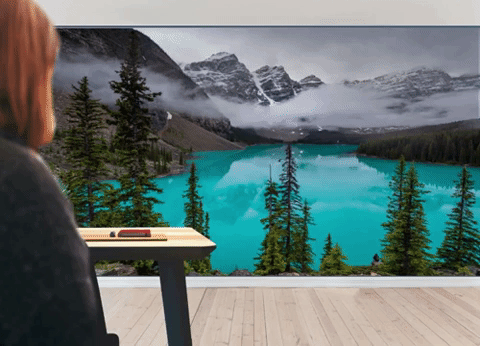
Motion of the participant is detected with the depth/motion sensors and views can change according shifts in the participant's direction. The participant can move about in the space using other methods (game controllers, joystick, vr controllers). The represented space is created using a game engine. The participant in interactive mode would be able to arrange things in the space and leave “artifacts” or files or digital objects that persist and can be collected or modified by other participants.In some interactive instances, the LED display is augmented by AR headsets. The headsets would allow for more than one participant to be the space at the same time. The two participant’s representations would be from two separate cameras in the game engine world. The In-Game Engine Position-Oriented Representation (IPOR) would allow for artifacts to appear in the shared space.In the animated image above, the workspace initially provides a hyperreal representation of a mountain lake complete with rolling clouds and fog. The view of the space quickly transforms to a starfield and includes real-time imagery collected from a series of telescopes. That starfield could be moved and manipulated. Or, with AR goggles, the environment could be explored more readily as one moves about the space.The bulk of the project thus far has been a thorough review of the interactions of immersive storyworlds and physical spaces.





































